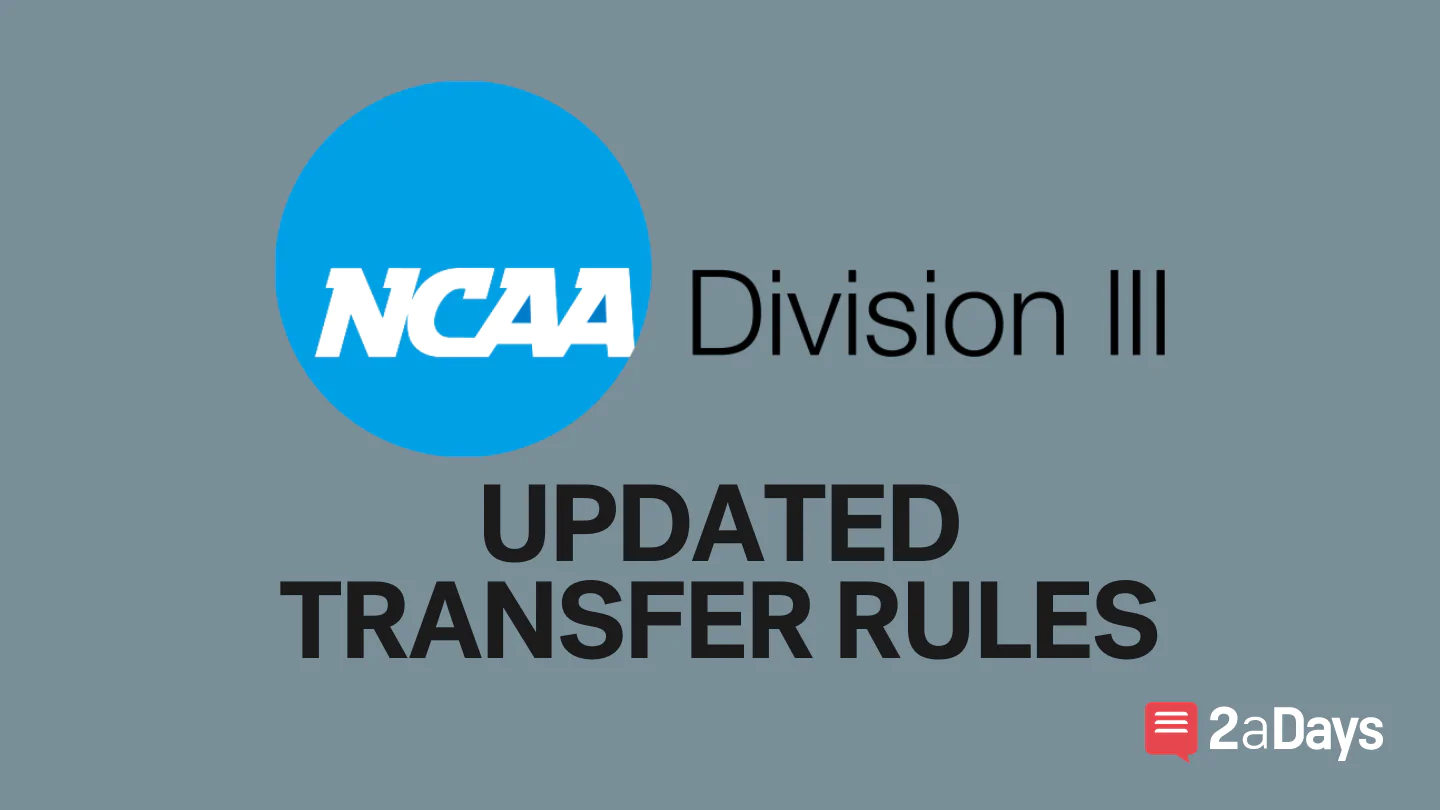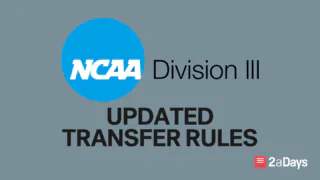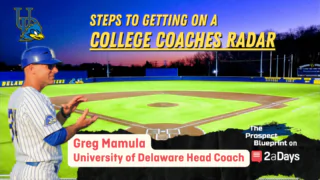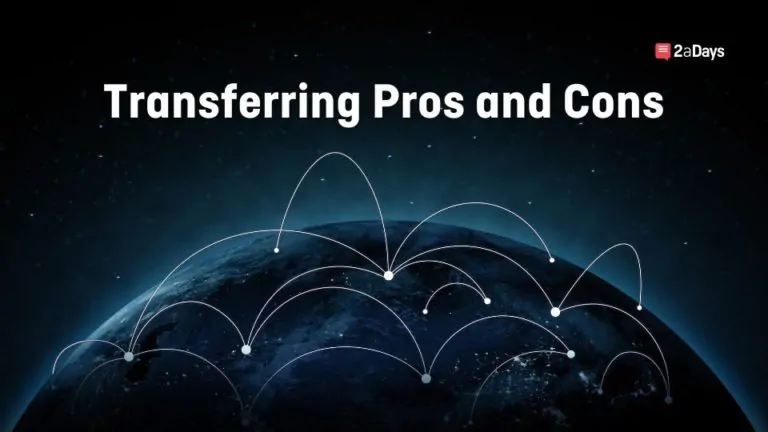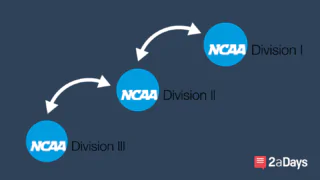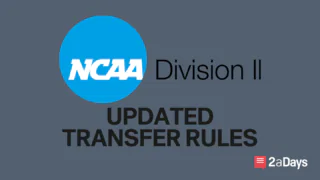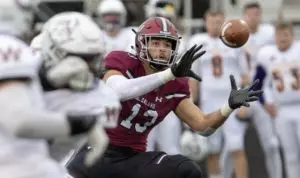The NCAA has updated its Division III transfer rules and we are here to sort them out for you. Transferring to Division III is much easier than transferring to any other division in the NCAA. There are fewer rules within both athletics and academics. Here are the updated Division III transfer rules:
NCAA Division III Facts
- Division III has a graduation success rate of 88%.
- Division III schools do not offer athletic scholarships but some schools do offer academic scholarships and most offer financial aid.
- Not all Division III schools use the transfer portal. You will need to communicate with that school's compliance office to see what their transfer method is.
There are two scenarios when transferring to a Division III school:
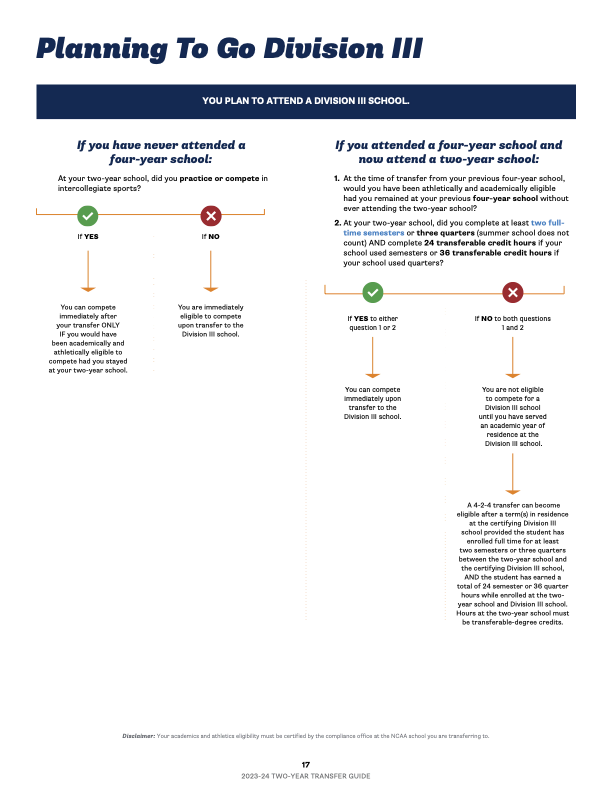
1. Transferring from a 2-year school to an NCAA Division III school
Key Questions:
- Did you compete in your sport at your 2-year school?
- Were you athletically and academically eligible to compete at the time you left your 2-year school?
If you were not academically eligible to compete at your 2-year school, then you may have to sit out a year of athletic competition.
2. You transferred from a 4-year school to a 2-year school and back to an NCAA Division III school
Key Questions:
- If you had not transferred to the 2-year school would you have been academically and athletically eligible to compete at the 4-year school?
- Did you complete at least 2 full-time semesters or 3 quarters at your 2-year school?
- Did you complete 24 transferable credit hours (semesters) or 36 transferable credit hours (quarters) at your 2-year school?
If you were academically ineligible for competition at your previous school or if you have not completed enough transferable credits, you may have to sit out of athletic competition for a full academic year.
Must Dos:
1. Make sure you are 100% certain about transferring
If you are going back and forth about whether you want to transfer to a Division II school, ask yourself these questions. If you inform your school and coach that you are entering the transfer portal, your current scholarship is not guaranteed if you end up staying.
2. Stay on top of your academics
Even if you are unsure of transferring, it is better to be safe than sorry. Being academically ineligible at your current school will make your transfer process much harder than it needs to be.
3. Permission to contact
A written permission to contact letter is needed to transfer to any Division III school. As some Division III schools do not use the transfer portal, sometimes a permission to contact letter is accepted as a way to transfer.
4. International Division III athletes
Division III athletes from the United States do not have to register with the NCAA Eligibility Center. However, if you are an international athlete, you will need to register. The Eligibility Center will check your amateur status, GPA, and academic course record.
